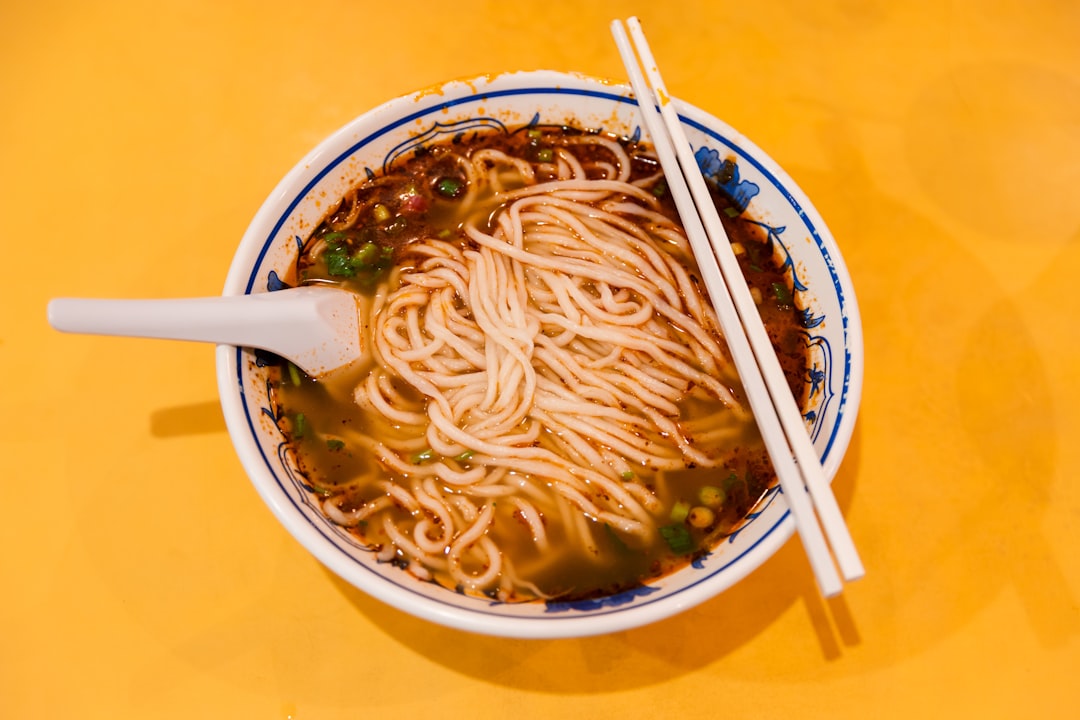What is it about?
Dormancy in seeds of Grevillea is classed as non-deep physiological by Baskin & Baskin (2014). Embryos germinate freely if excised from the seed coat. Intact seeds germinate if exposed to heat shock and/or smoke. This paper shows that removal of the seed coat over the micropyle enables germination of intact seeds of G. juniperina. If the structural integrity of the micropylar seed coat is maintained, germination is prevented. The study also showed that both heat shock and smoke increased the amount of thrust the embryo could generate. These effects are presumably physiological.
Featured Image
Why is it important?
The role of the covering structures in the micropylar region in restricting extension of the embryo is known from a range of species. G. juniperina seeds are one more example of this. Mechanical constraint by the structures covering the embryo is a possible explanation of this phenomenon. The study also showed that heat shock may have physiological effects on seeds. The physical effects of heat shock in breaking the structural integrity of hard-seeded species, thus allowing water uptake and germination, is well documented. This study shows that heat shock can possibly have physiological effects on the embryo in seeds as well.
Perspectives
When we tested whether both heat shock and smoke increased the thrust the embryo could generate (the 'growth potential' of the embryo), I expected that smoke would do so because other studies have demonstrated that smoke can affect the physiology of embyros. My expectation was that heat would have some sort of physical effect in weakening the structure of the seed coat. So to find that heat shock also increased the growth potential of the embryo, presumably by physiological means, came as an unexpected surprise.
Dr Edward C Morris
Western Sydney University
Read the Original
This page is a summary of: Micropylar seed coat restraint and embryonic response to heat shock and smoke control seed dormancy in Grevillea juniperina, Seed Science Research, June 2016, Cambridge University Press,
DOI: 10.1017/s0960258516000088.
You can read the full text:
Contributors
The following have contributed to this page










